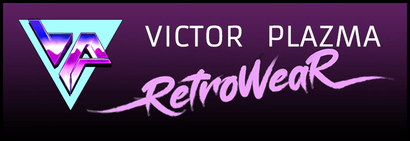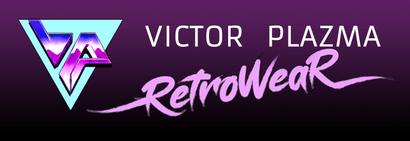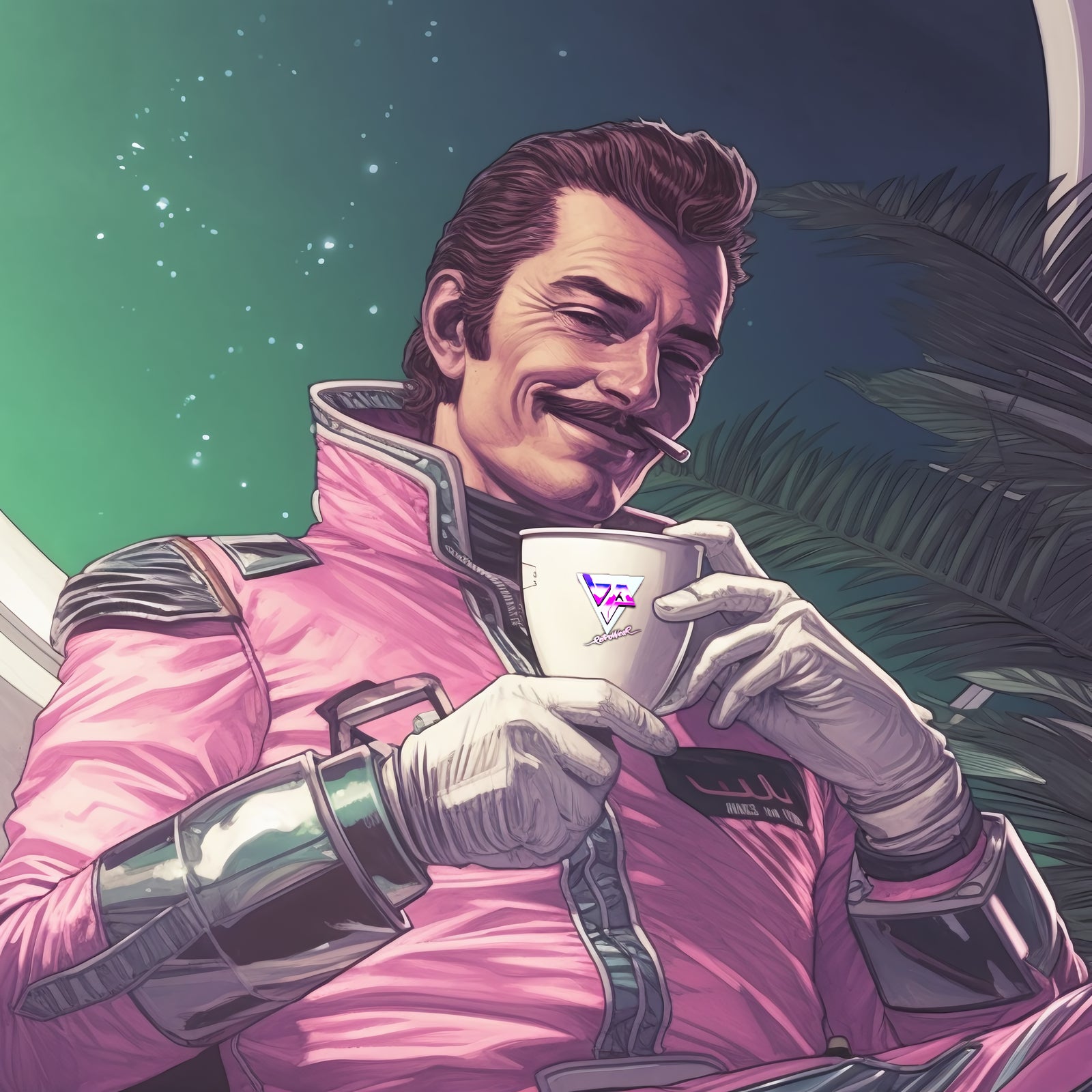Your Cart is Empty

What is Synthwave? A Look at the 80s Musical Inspiration (PART III)
October 05, 2018 3 min read
Synthpop, House, and Nu Disco

An essential contributor to the retrowave style in general, though not specifically to synthwave, is Tesla Boy. The Tesla Boy EP from 2009 and the subsequent Modern Thrills album from 2010 had a massive impact on the ‘80s music revival, and the album art for The Tesla Boy EP remains a foundational image in the retrowave aesthetic. Musically, Tesla Boy’s earliest releases were a blend of synthpop, new wave, and nu disco, and they differ from the earliest outrun releases at the heart of the synthwave genre. However, their relevance to the retrowave scene and the excitement they generated for the ‘80s revival cannot be understated.
Dreamwave

In the late ‘00s and early ‘10s, a gentler style of retro synth music emerged alongside nu disco and outrun. This subtle variation, with its softly sculpted textures, breathy vocals, and downtempo delivery soon came be known appropriately as dreamwave. Significant dreamwave creations include most of the songs in FM Attack’s discography, including those on the foundational Dreamatic from 2009 and the more meditative subsequent albums, Deja Vu and Stellar. Electric Youth’s Innerworld, Trevor Something’s Synthetic Love, and Timecop1983’s Journeys, all from 2014, are also examples of dreamwave. The collaboration between Electric Youth and College on the song “A Real Hero,” featured on the Drive soundtrack from 2011, is the most famous example of dreamwave.
Popwave

Despite its roots in ‘80s pop culture, synthwave remained a predominately underground genre until roughly 2015. As the music grew in popularity and expanded into broader public consciousness, artists began combining elements of the style and its visual aesthetic with modern, mainstream sensibilities, reaching out to a broader and younger audience in the process. Gunship’s self-titled 2015 album was one of the first successful releases to embrace modern pop, though the last two years have seen several examples of this hybrid style, most visibly from The Midnight and FM-84. Futurecop! is once again noteworthy here, helping to lay the foundation for popwave’s sound with Hopes, Dreams & Alienation in 2013 and contributing to the evolution of the style most recently with 2017’s Return to Alvograth.
Cinematic Synthwave

Synthwave draws heavily from movie scores and soundtracks of the ‘80s, and a high number of artists pay tribute to this influence on their albums. Cinematic synthwave with outer space themes is especially prevalent. These creations reflect classic film scores like John Carpenter’s Escape From New York, Vangelis’ Blade Runner, Tangerine Dream’s Thief, and Brad Fiedel’s The Terminator. Cinematic and ambient synthwave songs often represent the nearest stylistic connection to music from the ‘80s, and in a few cases, they are nearly indistinguishable from the film scores they emulate.
Cybersynth

As darksynth forerunners delve deeper into non-melodic songwriting with experimental rhythms and deeply distorted synth bass, the genre has begun to fracture down the middle. A clear schism is apparent at the start of 2018, with many artists maintaining a more direct evolution of the style established on early darksynth releases from artists like Mega Drive and Power Glove. These Cybersynth artists often mix or replace the ‘80s nostalgia of traditional synthwave with science fiction and cyberpunk themes for a brooding, futuristic soundscape.
What Is the Future of Synthwave?
There are no certainties in life, though the next few years hold several assurances for synthwave fans. These include the continued rise in prominence of cybersynth and darksynth, the continued integration of synthwave into mainstream pop, and a decline of older styles like outrun and retro electro.
Credit: Iron Skullet | Synthwave
Cover Art: Sunglasses Kid, Night Swim (2017)
Leave a comment
Comments will be approved before showing up.
Subscribe
Sign up to get the latest on sales, new releases and more …
CLAIM YOUR FREE SHIPPING!
- SIMPLY FILL YOUR RETRO CART
- REACH $120
- PROFIT!



